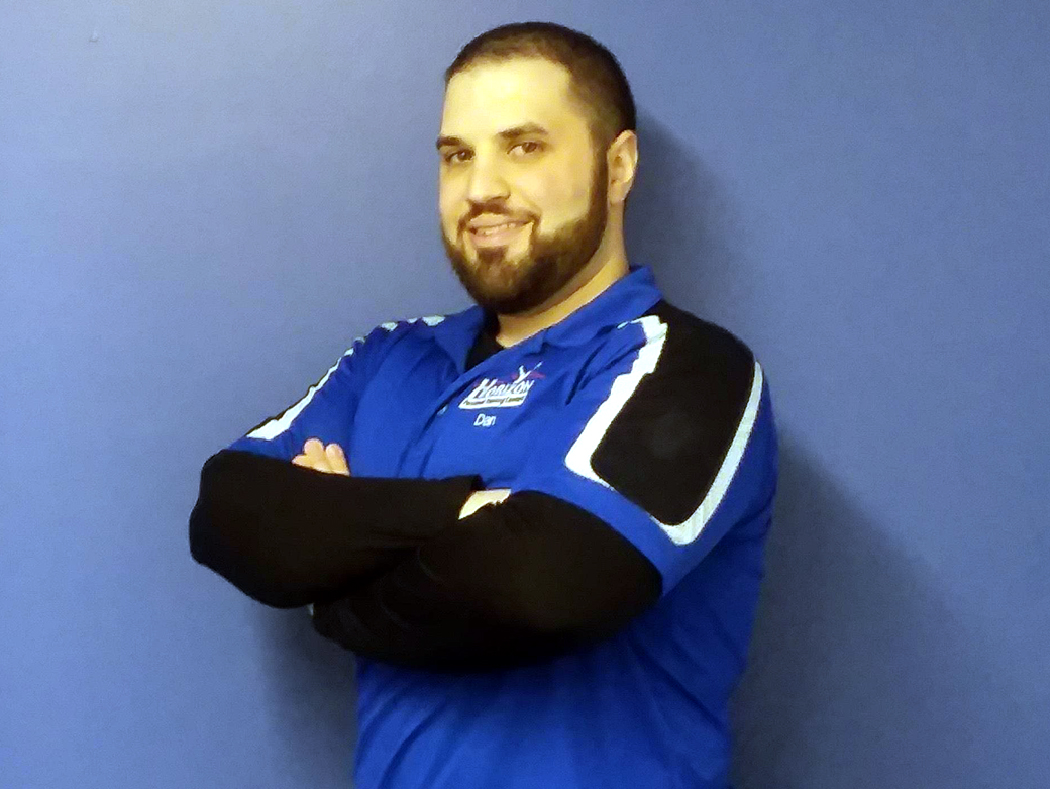When are Shin Splints Not Just Shin Splints
By Dan F.
Shin splints have, over time, become a generic term for all lower leg pain experienced during exercise. Unfortunately, the generality of this term has led to many dismissing this pain as something that is not very serious. Shin splints can be attributed to muscle strain, tendinitis, and periostitis, but the two main issues that shin splints really involves are Medial Tibial Stress Syndrome (MTSS) and Compartment Syndrome. Misdiagnosis of “shin splints” can, sometimes, have grave consequences.
MTSS is generally more common, but shouldn’t be taken lightly. It is caused by cumulative stress placed on the tibia–the main weight bearing bone in the lower leg– from overloading exercises such as walking, running, and jumping. These are normal activities, but when there are muscular deficiencies in the lower leg, and not enough proper “maintenance,” this can cause the pain associated with MTSS. The symptoms are a generalized pain along the shin during activity, as well as pain during rest periods or to the touch. MTSS is significantly more common in people with flat feet, or individuals who over pronate when walking or running.
Another significant cause would be overly tight muscle of the posterior lower leg (gastrocnemius and soleus), and weak anterior muscles (the tibialis anterior). These muscular imbalances will put undue stress on the tibia during exercise and cause the pain most commonly experienced as shin splints. One very effective treatment for MTSS is to begin cross training with exercises that don’t cause as much impact on the lower leg, such as cycling, elliptical, or swimming.
Also, when returning to running, it is imperative to have proper, supportive foot wear. Another effective treatment for over pronators, or people with flat feet, are orthotics. Finally, to treat anyone experiencing this type of ailment, it is crucial for them to stretch the tight posterior muscles of the lower leg, while also strengthening the anterior muscles. These changes, in most cases, will alleviate the issues of MTSS. In very severe cases, MTSS can progress to stress fractures, so it is very important to not ignore the symptoms and signs of MTSS.
Compartment Syndrome can further be distinguished by “acute and chronic exertional compartment syndrome.” Acute compartment syndrome is generally caused by severe trauma, such as a crush injury, bad muscle bruising from trauma, or vascular occlusion. This is a sudden onset of compartment syndrome and requires immediate emergency medical attention. For the sake of this article, we will be focusing on Chronic Exertional Compartment Syndrome (CECS) to compare it to MTSS. To fully understand CECS, it is important to understand the anatomy of the lower leg.
The lower leg is divided into four compartments that are separated by a connective tissue known as fascia. Each compartment houses the muscles, bones, nerves, arteries, and veins. During exercise, the muscles contract and enlarge (think of a “muscle pump”). The fascia is designed to have some elasticity in it to compensate for these muscular contractions. When the fascia does not expand, the muscles can become compromised, and this will cause compartment syndrome. CECS is induced by repetitive physical exertion. Symptoms of CECS are gradual onset of cramping pain; symptoms begin after consistent time or distance; there is rapid relief of pain by resting; and finally, there can be foot and leg numbness. Unfortunately, there are very few proven non-surgical treatments for compartment syndrome. The main recommendation is to cease activity, which may not always be the desired resolution, especially for athletes. The surgical treatment consists of cutting the fascia to release the pressure in the compartments. This fasciotomy is a permanent resolution, as the fascia will no longer be inhibiting the expansion of the muscles.
Lower leg pain is very frustrating for many athletes, recreational exercisers and dancers. It is very important to understand what is causing the pain, and know how to alleviate it. Pain is NEVER good, and can often lead to more serious issues down the line. Remember to always train wisely and carefully!
Dan’s journey into fitness began as an overweight youth. Being extremely overweight he took steps to change his life starting with proper nutrition and a little bit of exercise. He attended Clemson University receiving a BS in Management. He spent most of his free time in the rec. center getting hooked on exercise. Upon graduating he moved back to CT and decided to learn everything he could about the fitness industry and how to properly train the human body. He attended The National Personal Training Institute receiving a diploma in personal training and nutrition consultation. After NPTI he participated in a 4 month mentorship to learn the intricacies of training athletes. This is where he found his passion! He has spent the last 4 years training athletes, of all ages. He has extensive experience training athletes from middle-school all the way to the pros, in all sports! He is a certified strength and conditioning specialist, CSCS, through the National Strength and Conditioning Association. He is also has an Advanced Certified Personal Trainer (A-CPT) certification, and is currently working on his Tactical Strength and Conditioning Facilitator certification.






